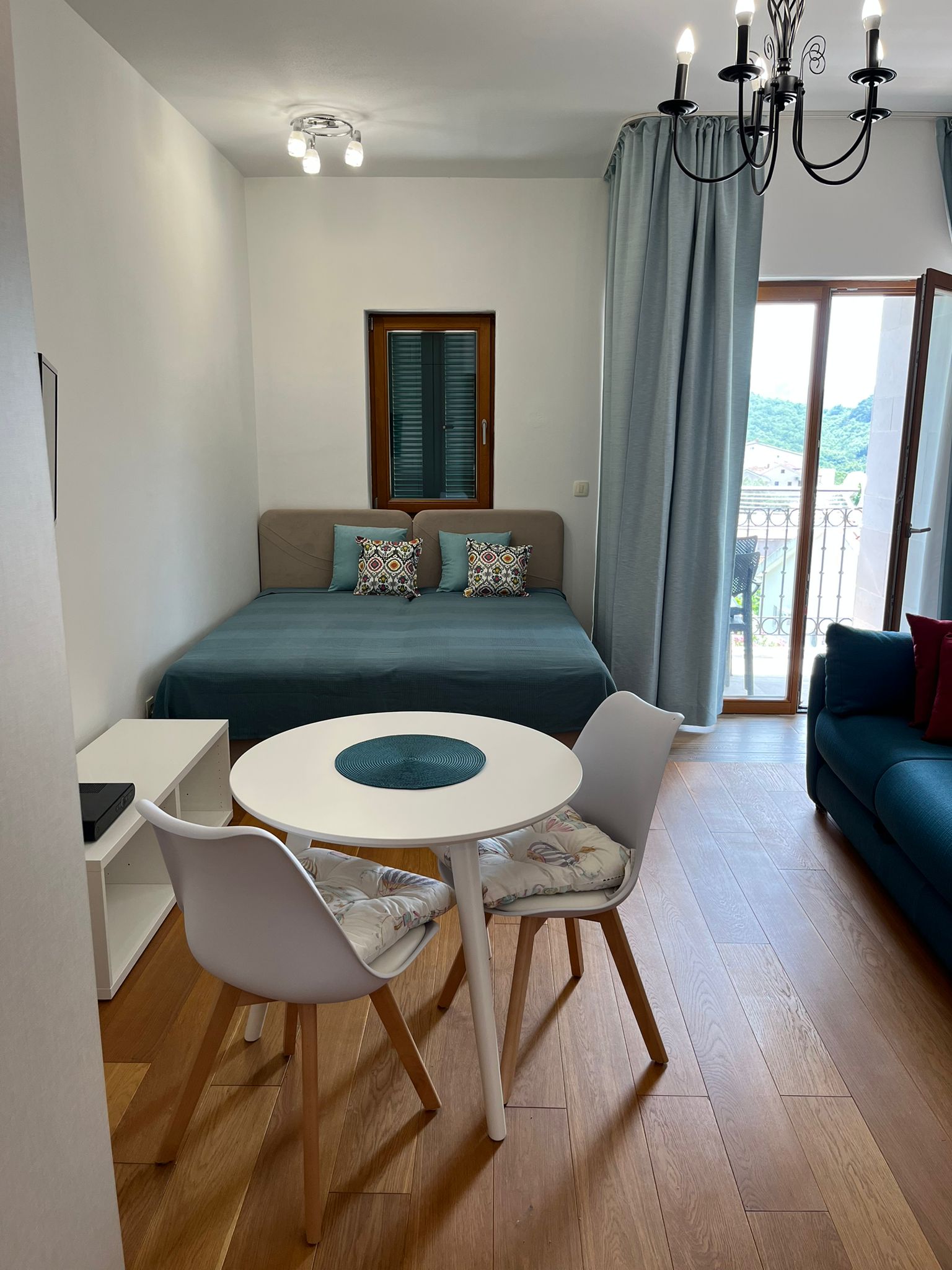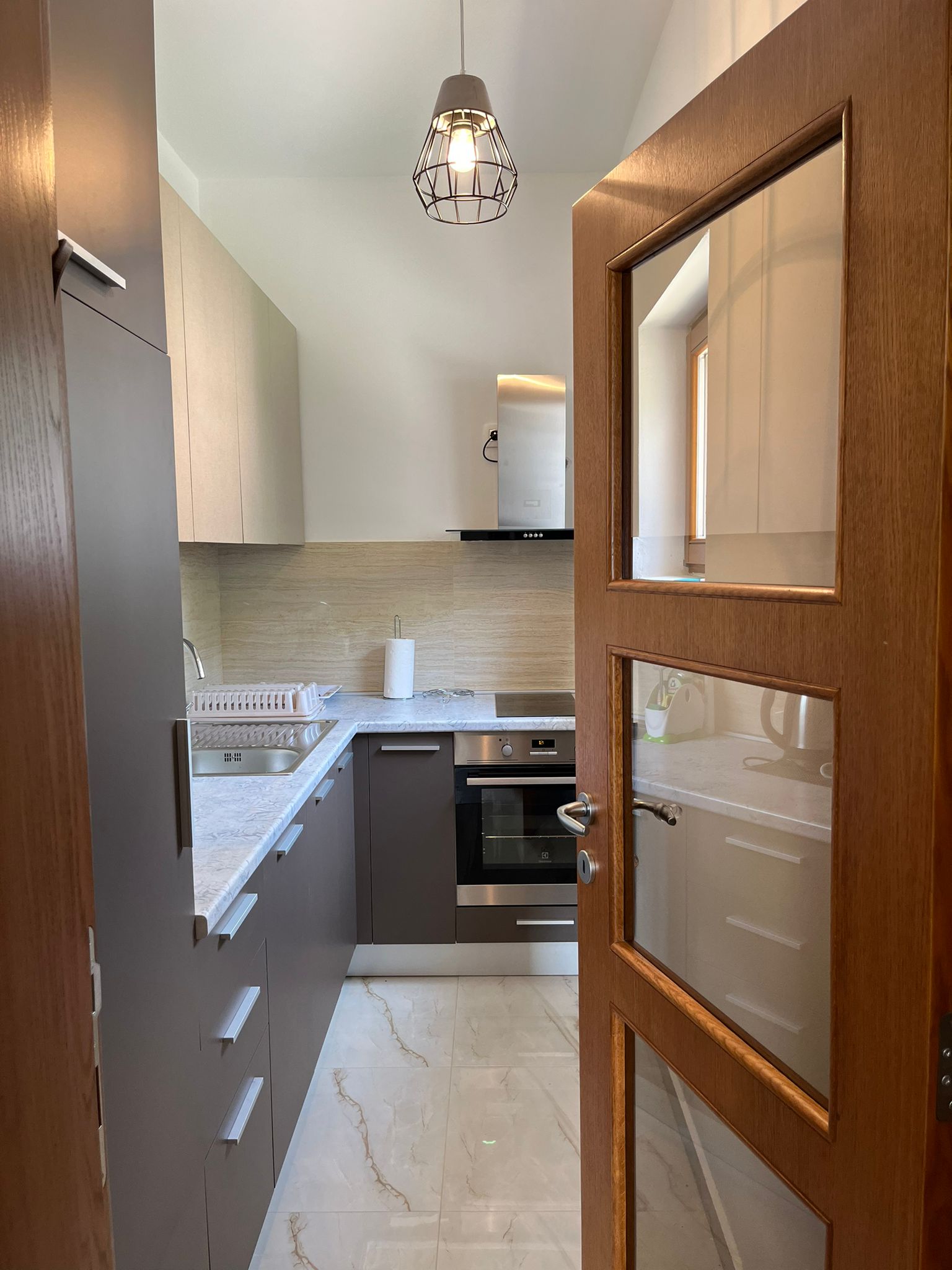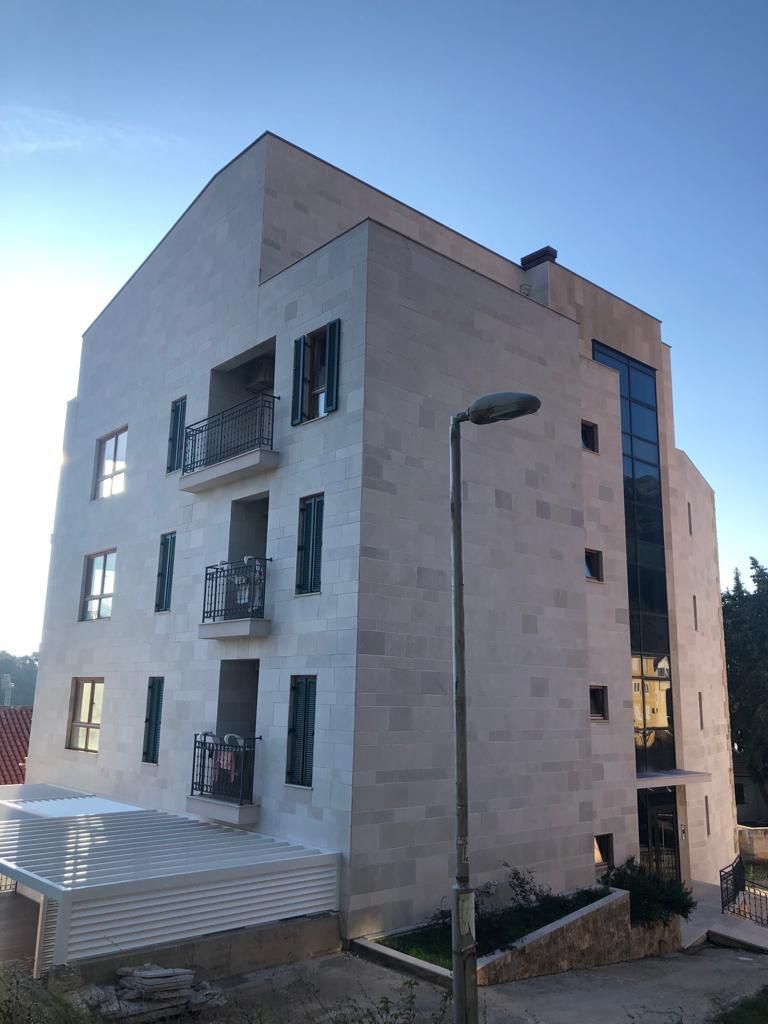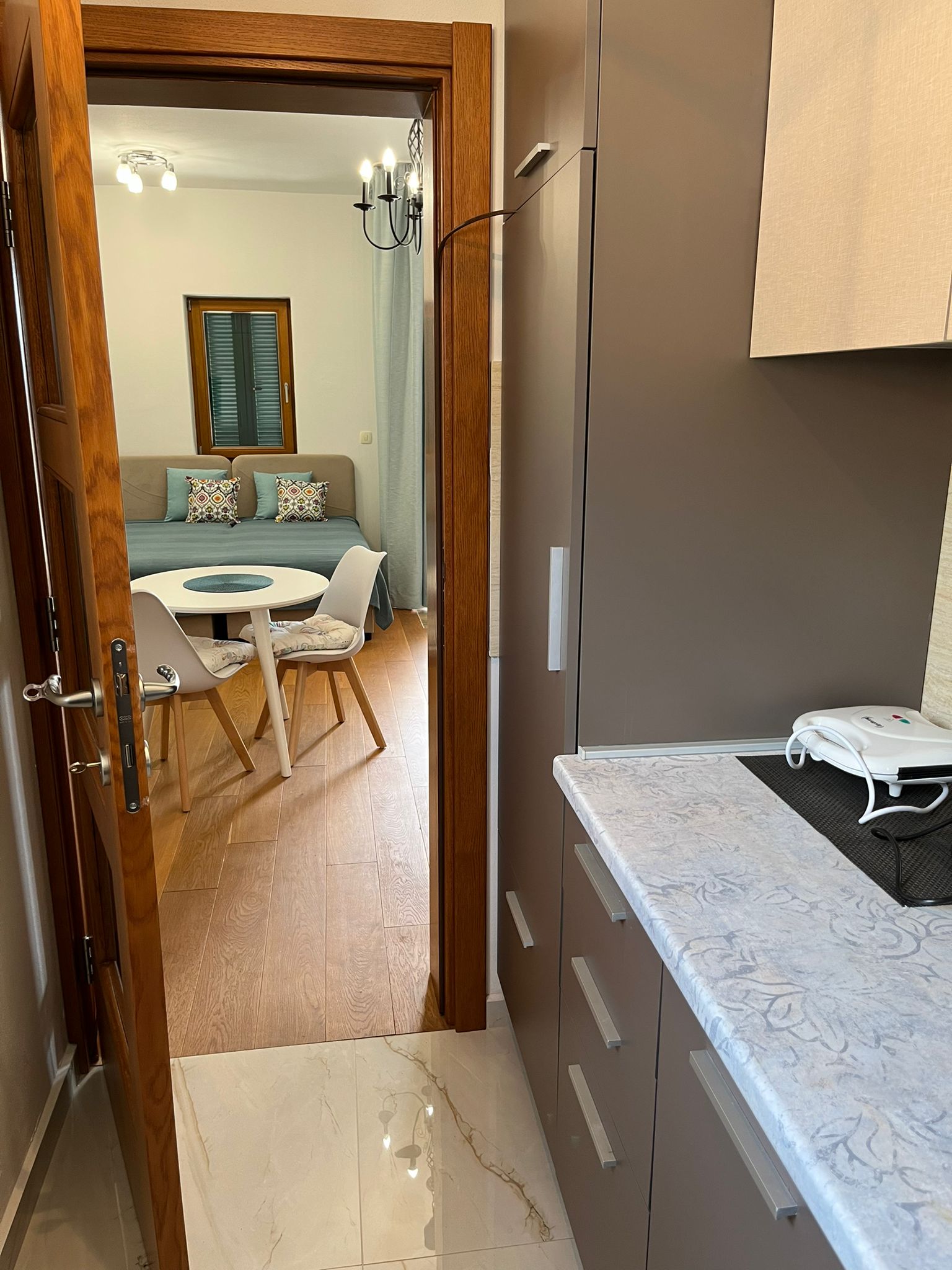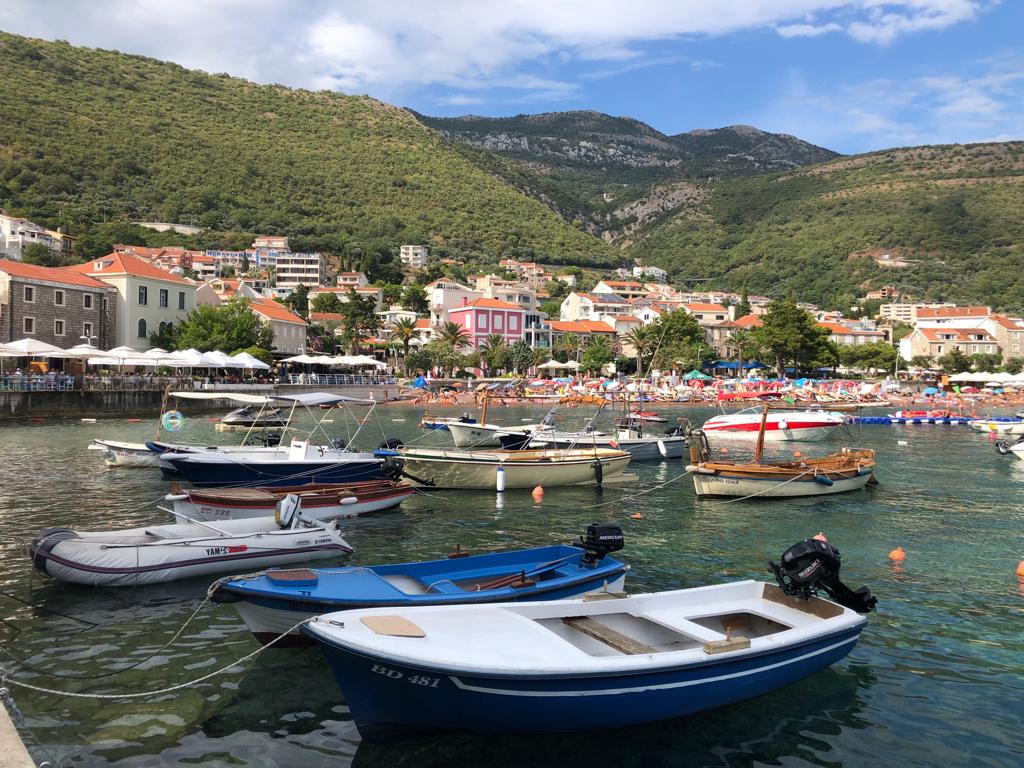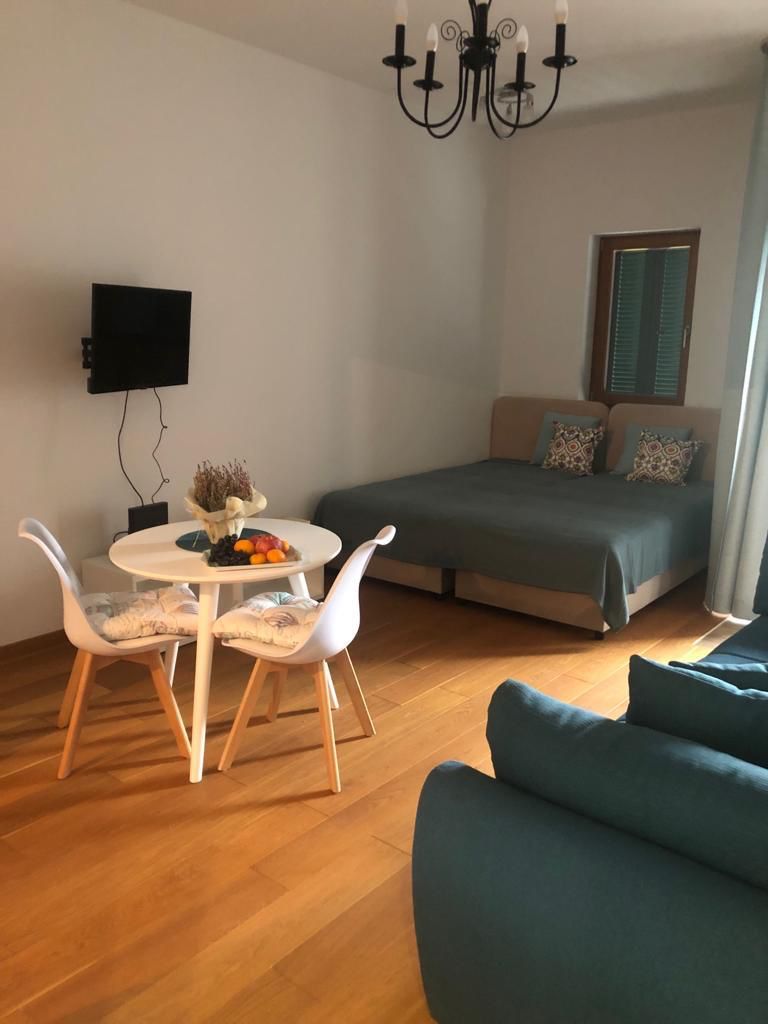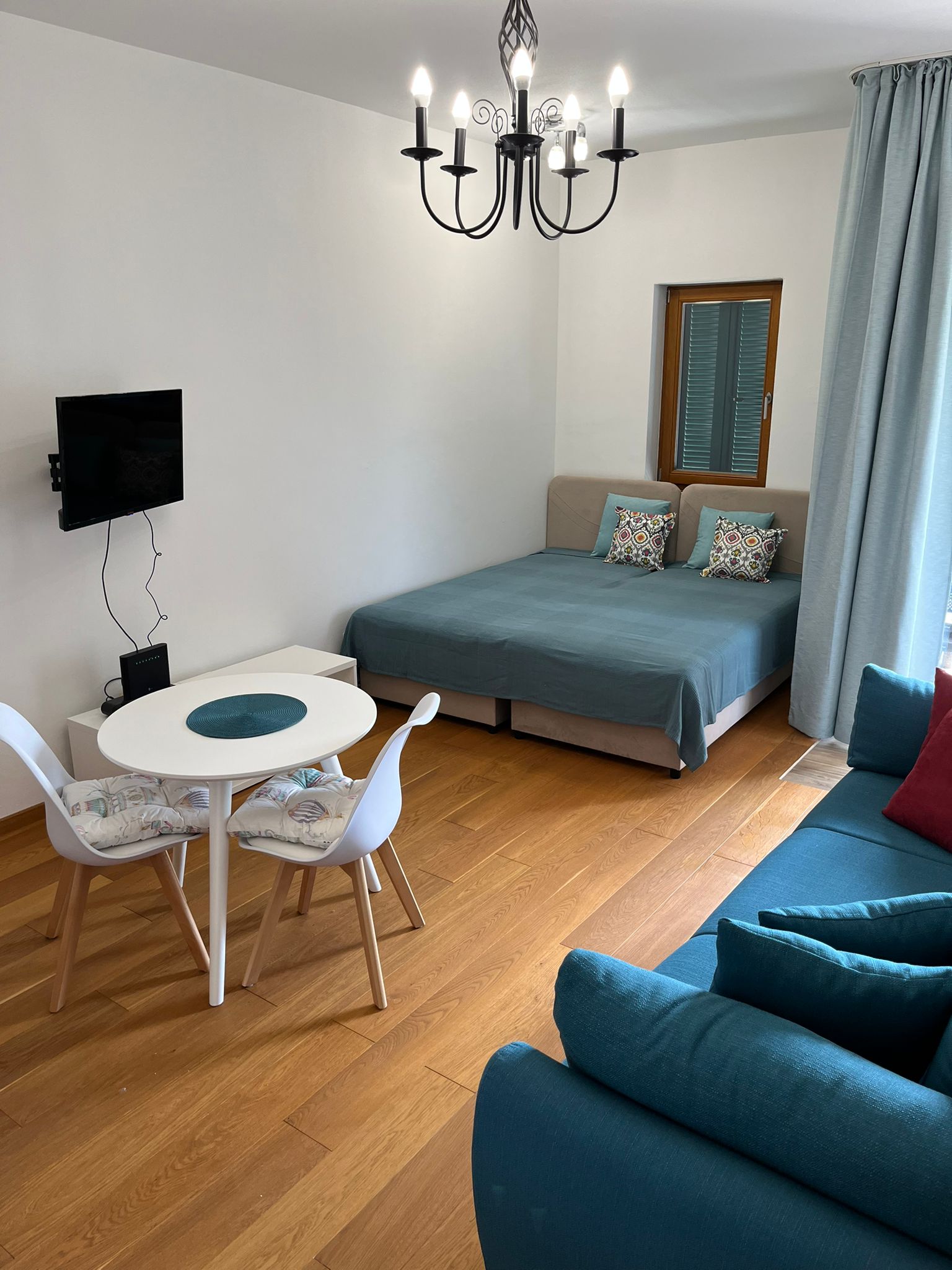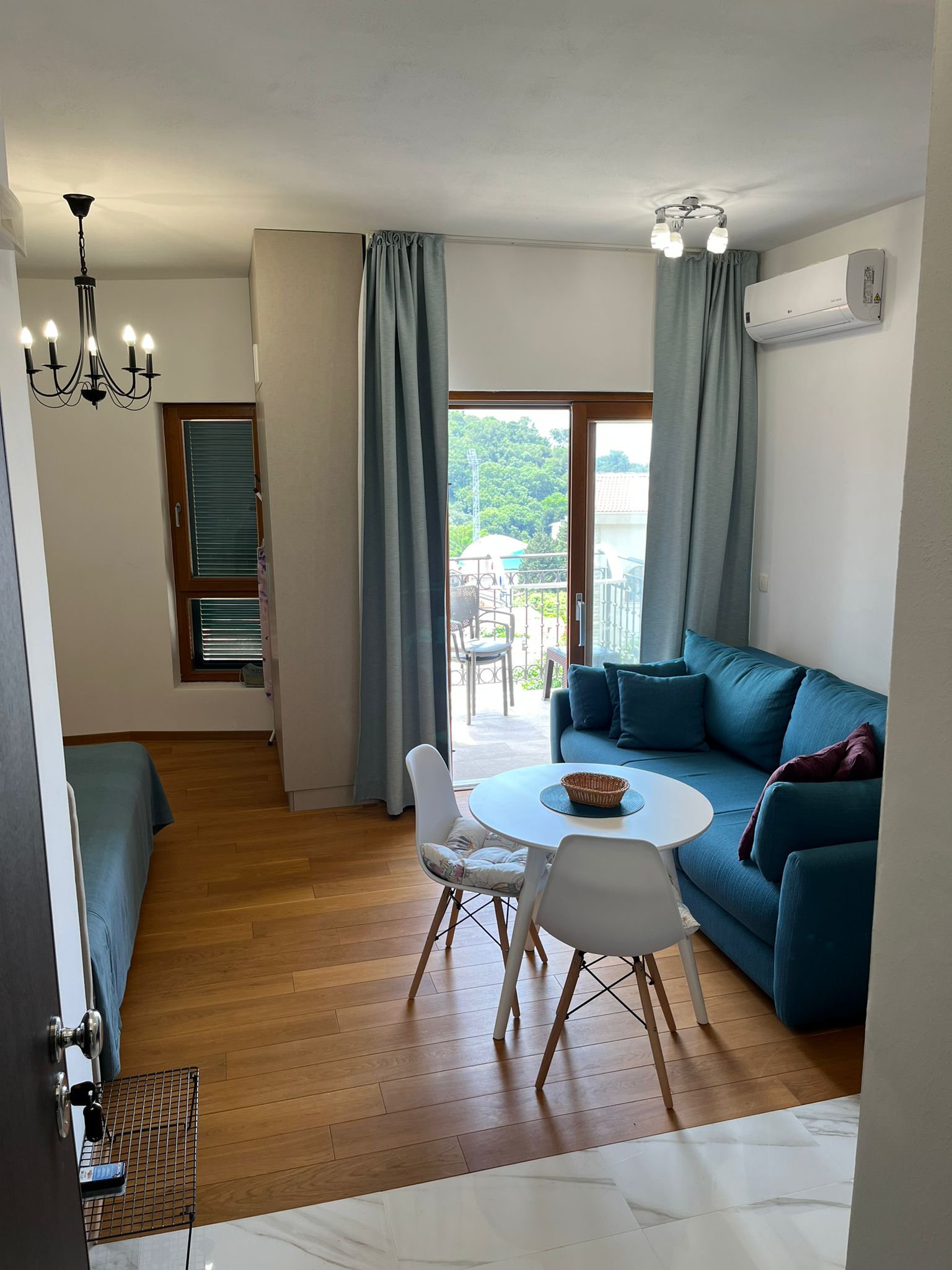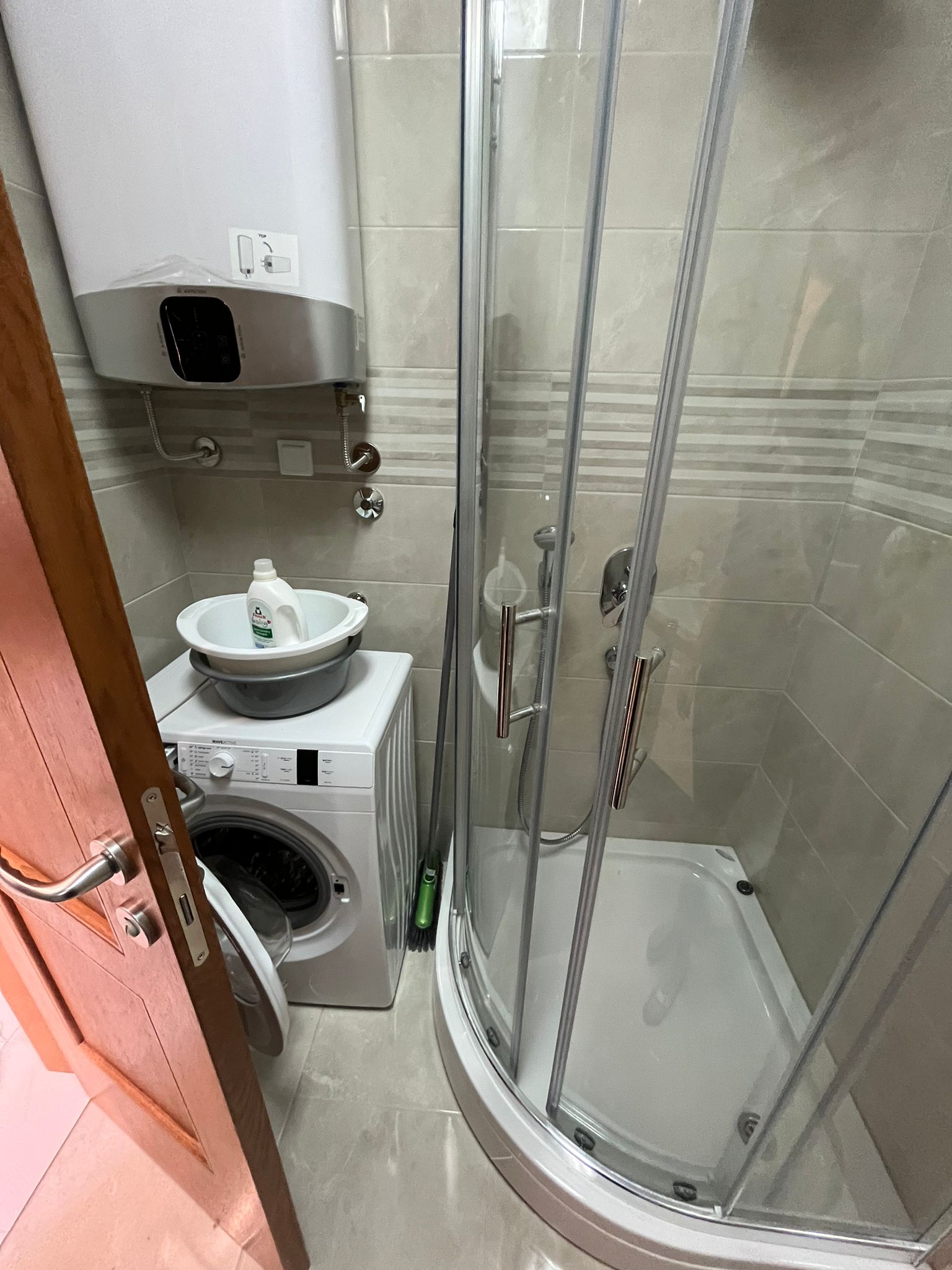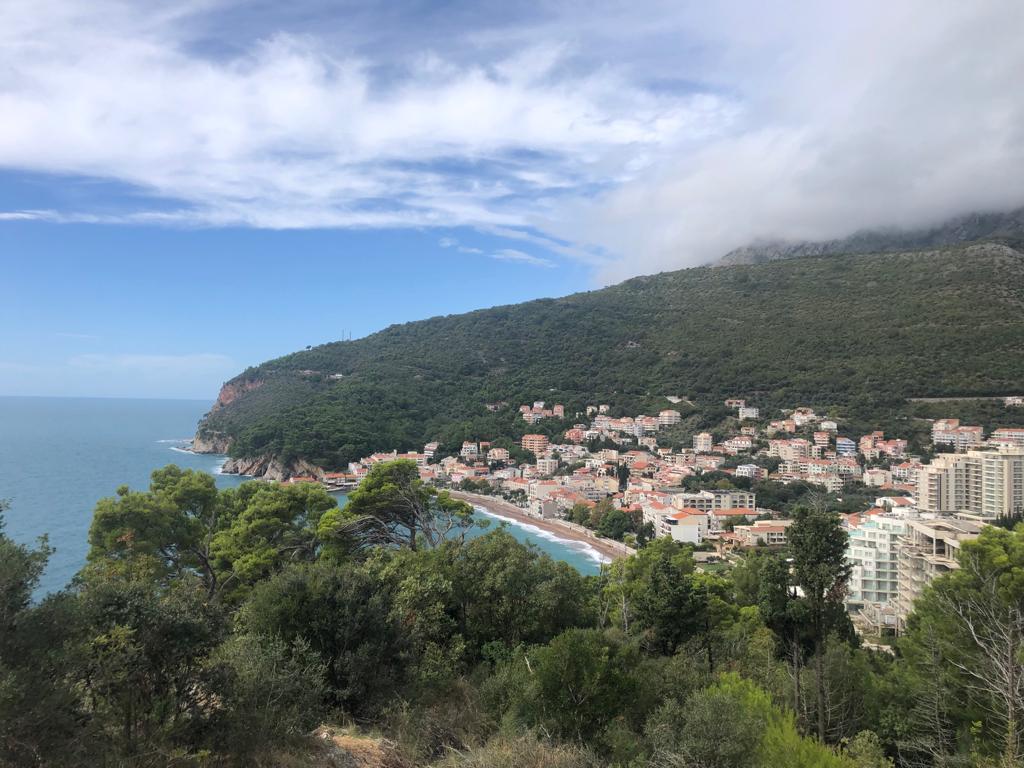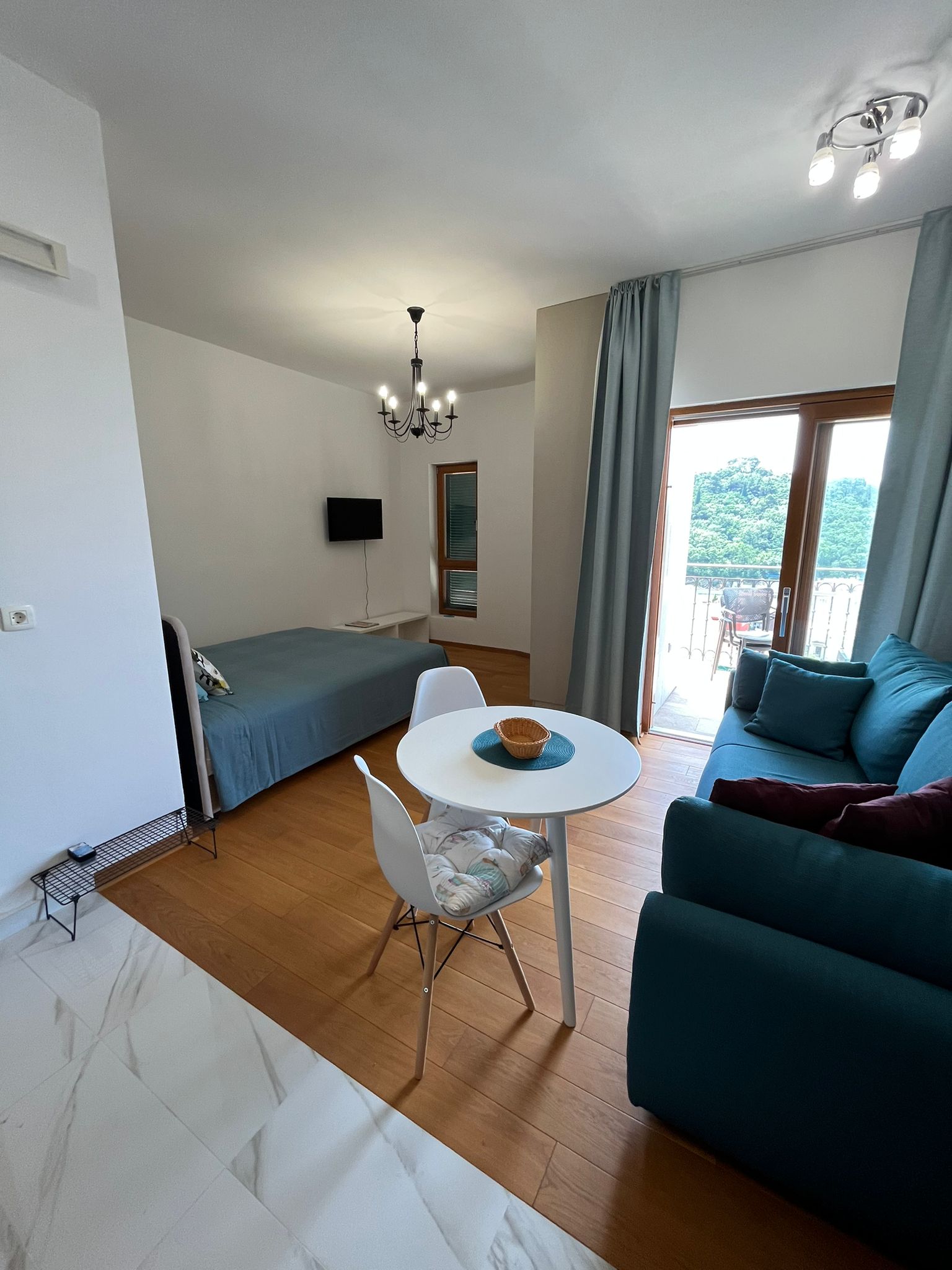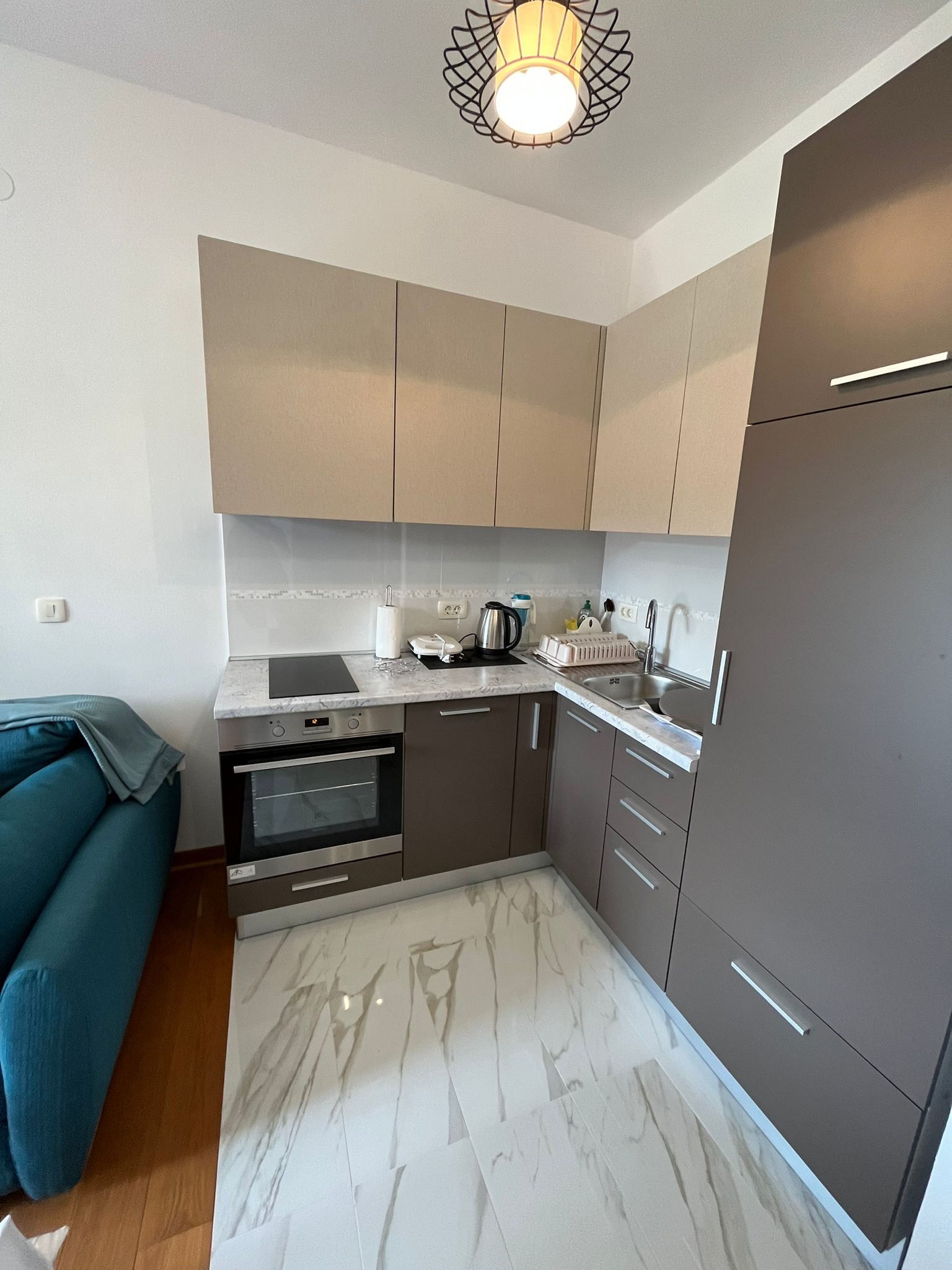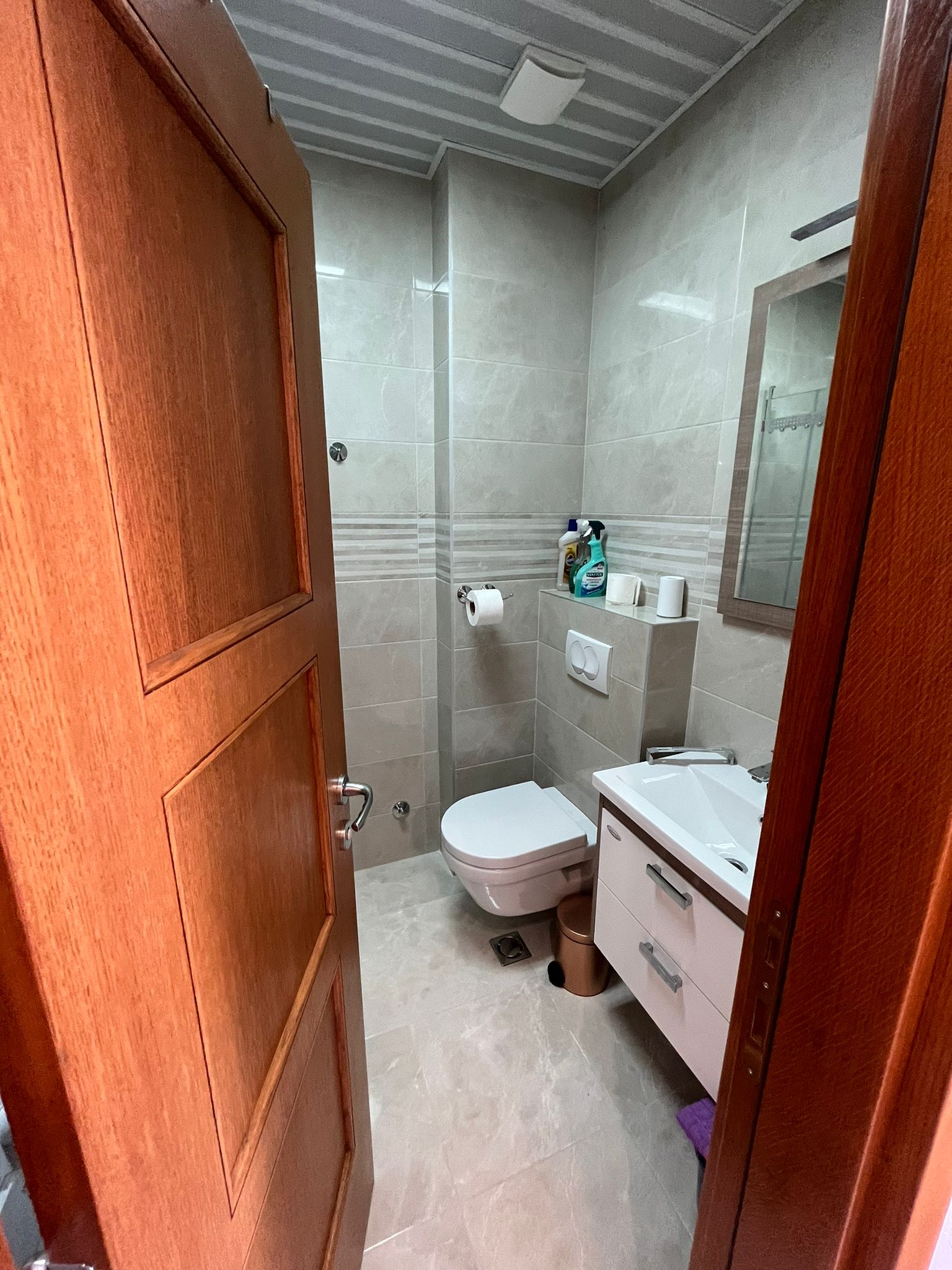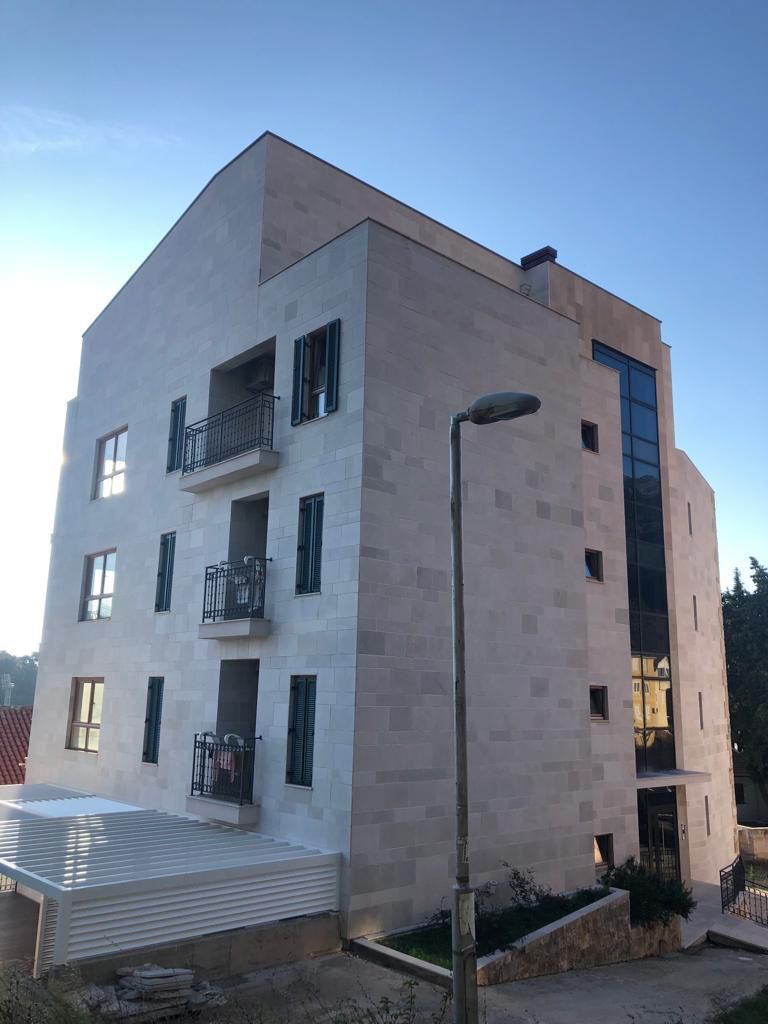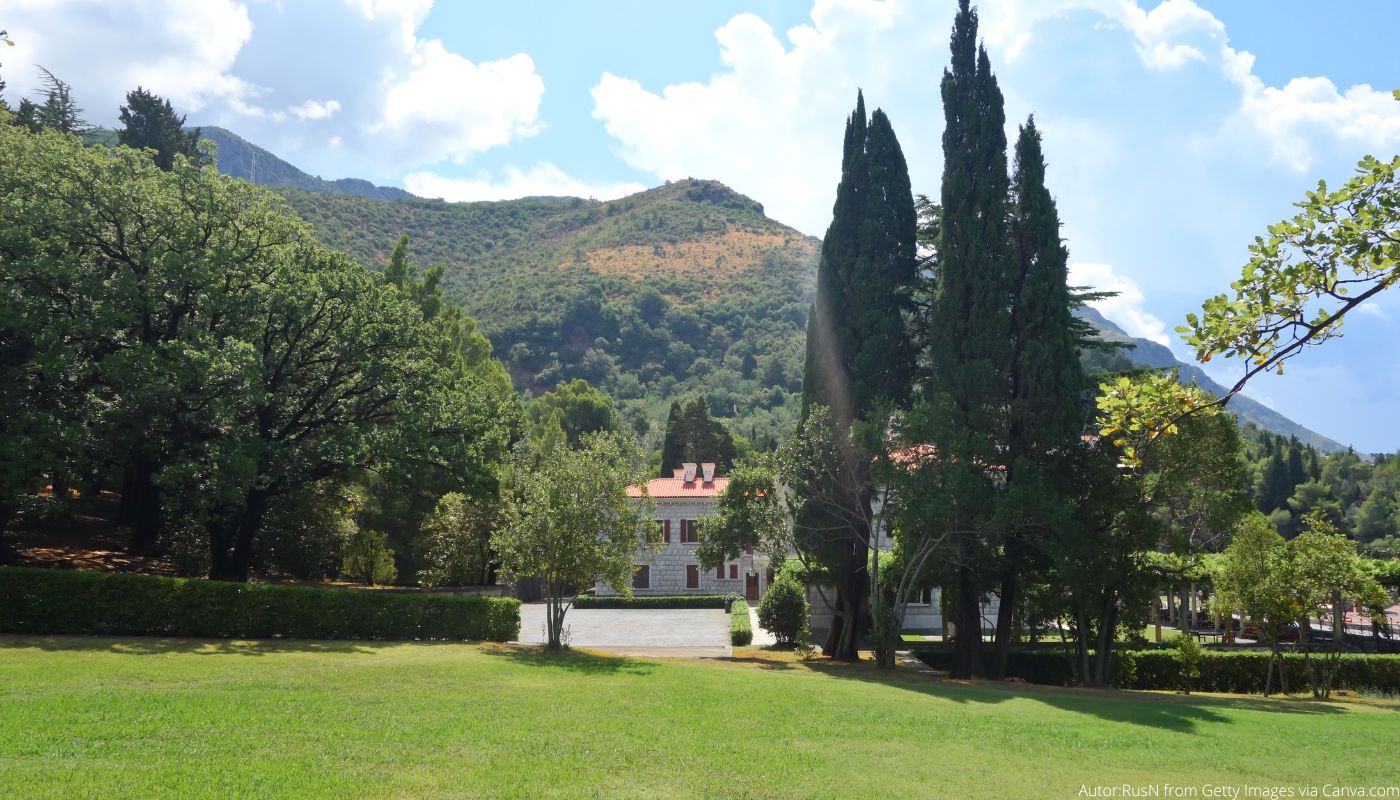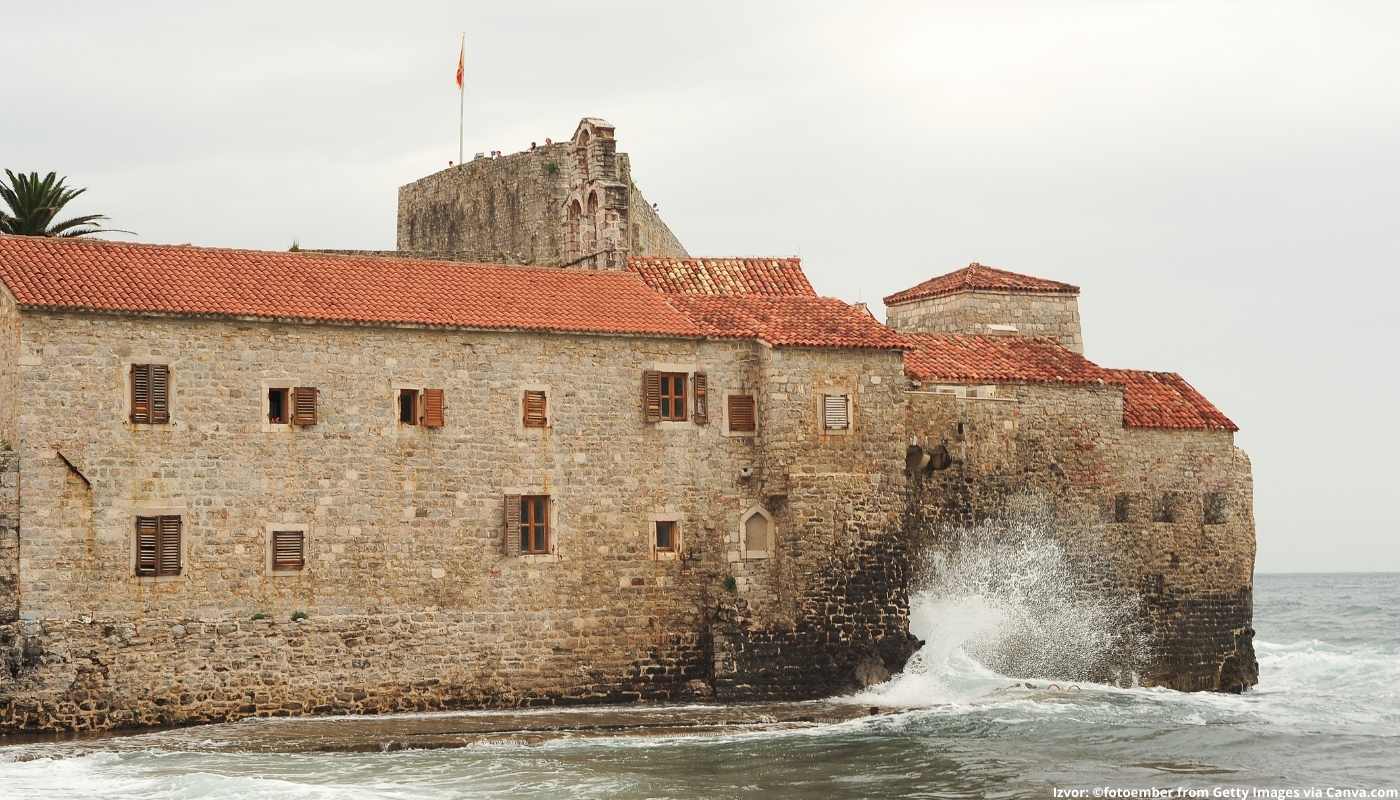When to visit Budva?
- During the summer - Budva is a small town that most tourists visit in the summer. During the season, Budva is one of the most visited cities in Montenegro, and most people get to know the city then. When the season is over, Budva turns into a quiet and not so lively city on the seashore. Certainly, if you want to see Budva in its full glory, it would be best to visit it during the summer.
How to reach Budva?
- By car - The highway that takes you to Budva is E-80. You can get from Belgrade to Budva in three different ways. The shortest route takes the Ibar highway via Beli Polje and Podgorica. Those who want to avoid Moraca canyon have two more options, one is via Pljevlja and Zabljak, and the other via Mokra Gora and Foca to Kotor. The distance between Budva and other major cities of Montenegro is - Podgorica 65km, Cetinje 32km, Kotor 23km, and Tivat 25km.
- By airplane - There are two airports in the vicinity of Budva, in Tivat and in Podgorica. From these cities, you can continue to Budva by bus, which runs on a daily basis.
- By bus - If you go to Budva from Belgrade, it will take you about 12 hours to get to Budva. The price of a return ticket is around 40 euros. Budva is well connected to the surrounding cities of Montenegro, and you can go to Budva by bus from any of them. The bus ride from Herceg Novi will take about 2 hours, from Podgorica about 90 minutes, while from Bar only an hour.
Tourist activities in Budva
- Boat cruises - one-day boat trips are for all those who want to change their everyday environment and enjoy the beauty and atmosphere of the open sea and sun. The price of these excursions costs between 12 and, if you want a meal included in the price, 30 euros, depending on which agency you decide on.
- Diving - diving is very popular in Montenegro, and Budva is one of the main centers for this activity. You can choose the depth yourself and see the inhabitants of the underwater world and many sunken ships. The duration of this excursion is 2 hours, and the price is 40 euros.
- Cycling - if it's too much for you to walk all over Budva, you can always rent a bike for only 2 euros per hour and enjoy a tour of the city or a recreational ride.
- Kayaking and paddleboarding - this way, you can visit coastal caves, wild beaches, and volcanic rocks accompanied by a guide. This type of trip lasts between 3 and 4 hours and costs around 40 euros
Events and festivals in Budva
- Afternoon classical music concert - held every year on the first of January at 12 noon on the square in front of the Old Town.
- Experience the most delicious moments - a two-day entertainment program at the Rondo pool, held as part of the METUBES tourist exchange every April.
- Earth Day - celebrated on April 22, all local florists participate, preparing flower arrangements and sharing tips on maintaining and preserving greenery, but also raising awareness of the importance of nature.
- International Carnival and Spring Night under Masks - this traditional event is held at the end of April. It takes place on the streets of the Old Town and includes a large and small carnival procession and a multi-day cultural and entertainment program.
- Days of Budva Artists - within this seven-day event, Budva's artists are provided with the appropriate space and conditions to present their works. The venue is located close to Old Town.
- Petrovac night - takes place on August 29 and is the biggest traditional party with an entertainment and sports program.
- Sea Dance - the most famous European festival, which is a branch of the famous EXIT festival, is held every year in mid-July on Jaz beach.
- Petrovac Jazz Festival - takes place every first week in September and aims to expand the offer of cultural events and support their diversity.
Activities for kids in Budva
- Mini-zoo - a place where not only children but also adults can relax. The zoo is located on the territory of the bus station, but despite that, it is well and pleasantly equipped and, most importantly, it is never crowded. The ticket price is around 4 euros.
- Dino Secrets - a park in Budva; on the territory of this unusual park-museum with dinosaurs, children can enjoy digging up dinosaur skeletons, visit an exhibition of dinosaurs in their natural size, ride them and participate in creative workshops.
- Aqua Park Budva - although the aqua park is fun for adults as well, there are separate pools suitable for the youngest, where you can leave them to swim safely, of course, under the watchful eye of lifeguards who are there at all times. Ticket prices range from 12 euros for children to 20 euros for adults.
What to see in Budva?
- The Old Town of Budva is a unique architectural and urban complex that has existed as a settlement since ancient times. Historical sources, written monuments, and a wealth of archaeological material indicate that Budva is one of the oldest urban centers on the Adriatic, over 2,500 years old. The walls of the Old Town mostly come from the Middle Ages, from the period of Venetian rule. In the earthquake of 1667, the Old Town was badly damaged and some of the walls were destroyed, after which new ones were built on the foundations of the old walls. Budva was hit by another earthquake in 1979, after which the entire city was rebuilt.
- Budva Citadel - the medieval fortress of St. Mary, also known as the Citadel is one of Budva's monumental buildings, located in the Old Town. One of the main symbols of Budva is a relief with two fish on the wall of the Citadel. It symbolizes two people who, according to legend, jumped into the sea together because their parents weren't approving of their love. In the Citadel, there is a library and a restaurant from which you can enjoy the view of the sea and the city. The price of the ticket to the Citadel is 2 euros.
- The Ballerina Monument - a sculpture of a graceful girl, forever frozen in motion, is located on Mogren beach and looks directly at the walls of the Old Town. Legend has it that the ballerina came every day to the shore waiting for the return of her beloved man. However, he did not return from his journey, and she died young of grief, carrying with her faith and hope for his return.
- The Church of St. Jovan- originates from the 15th century and, until 1828, was a cathedral that housed the seat of the Archdiocese of Budva. It guards some of the greatest treasures of Budva, and the most famous icon is the Lady of Budva.
Accommodation in Budva
- Hotels - those looking for more luxurious accommodation can find rooms in hotels such as Splendid, Iberostar and Avala Resort. The price of a night in a hotel like this starts from 150 euros per person.
- Apartments - the selection of apartments is large, from modest apartments from 40-50 euros per night to those that cost up to 200 euros per person. If you are in the middle, in terms of price, some of the suggestions for you are Apartments Salvia of Budva, Studio Apartments 6 Palmi and Kontesa apartments.
- Private rooms - the cheapest type of accommodation are private rooms, they can be found at a price starting at 18 euros per person. Places where you can rent rooms are Apartments and rooms Mimoza, Rooms Nedovic, Apartments Baron and Apartments Ilic Budva.
Phone numbers of important services
- Roadside assistance - 1987
- Fire department - 123
- Ambulance - 124
- Police - 122
- Ministry of Interior - complaints and citizens' complaints - 067449000
- Telegrams - 126
- Report a malfunction on the telephone - 1271
- Information on telephone numbers - 1181
- Customs open line - 080081333
Where to eat in Budva?
- Jadran - one of the most visited and famous restaurants in Budva. It was created as a family business that has been thriving for 37 years. The menu is enriched with seafood such as octopus, squid, lobster, grilled fish, and various shellfish. For those who are not fans of seafood, it has a wide selection of food that includes other types of meat.
- Konoba Demizana - the restaurant is located near the Old Town and is decorated with oriental decorations, and the wooden tables are decorated with floral patterns. The terrace is shaded by greenery and creates an intimate and pleasant atmosphere for guests. You can find various specialties on the menu, but don't forget to try the national wine Vranac, with, for example, some delicious steak.
- Babaluu Bar and Restaurant - this restaurant is located in the center of Budva and offers a varied menu that includes everything from Italian dishes, different types of pasta, and pizza, to sweet treats such as cakes, pancakes, fruit, and croissants. In addition to the delicious food, you can also enjoy the pleasant ambiance of the restaurant or on the colorful and spacious terrace. The restaurant also offers a children's menu, which is enriched with a variety of food for the youngest.
- Restaurant Porat - this restaurant is located near the seashore in Rafailovici. The menu varies from meat dishes such as lamb and steak to salmon, grilled fish, Italian dishes, and risotto.
- Restaurant Zeleni Gaj - is located on the Slovenska beach, right next to the seashore and offers a magical view of the island of Sveti Nikola and the ancient walls of Budva. If you want to try real, local food, this place is perfect for that. Goulash, stuffed peppers, beans with sausages, and much more are freshly prepared for guests every day.
Where to go out in Budva?
- Top Hill - the biggest club in Budva, also won the title of the best night club in the world.
- Emporio, El Mundo, Jeff and Casper - under the walls of the Old Town, a circle of open bars spreads, and these are only some of the most famous.
- Night club Maine, Mlatez, Paris - open-air clubs located on the promenade next to Slovenska plaza
- Duklez Beach Bar, Torch, Ploce beach - the most famous beach bars for daytime options
Transportation and taxi in Budva
- Public transport - The departure station of local city buses is located in Mediteranska street, at the roundabout in the city center. There are four lines operating on the routes: Budva - Jaz - Trsteno - Ploce; Budva - Aqua park; Budva - Petrovac; Budva - Sveti Stefan
- Taxi - Although Budva is a city that can be easily explored on foot, walking in the hellish heat in the peak of summer is not recommended. That is why, in addition to public transport, Budva is well supplied with taxi transport, which is available 24/7. The taxi price is different during and off season. In the off-season, the start costs 0.50 euros, and the kilometer costs 1 euro, while during the season the price of the start increases to 1 euro. Some of the options are VIP taxi - 19666; Slava taxi- 19715; Terrae taxi- 19717; Sany taxi- 19728; Hello taxi - 19759
Parking in Budva
- Parking lots Jaz, Zeta film and Exponat - 1.50 euros between 06:00 and 22:00; From 10 p.m. to 6 a.m., the price is 2 euros
- Special City parking lot - The daytime price is 1 euro per hour, and the evening price is 1.70 euro per hour
Surroundings of Budva
- The island of Sveti Nikola - better known as Hawaii among the locals, is the largest island in Montenegro, which is also an uninhabited locality. The name of the island comes from the chapel located on it. The island is full of coves and Mediterranean vegetation. It is made up of sandy, pebble, and stone beaches. You can get to it by small taxi boat or ferry.
- Sveti Stefan Island - the most impressive place on the Budva Riviera. Island home to a small village adorned with 15th-century stone villas, turned into a 5-star resort, surrounded by sparkling, turquoise waters.
- Mogren Fortress - former barracks and military stronghold of the Austro-Hungarian army. It was built in 1860 and is located on the slope of Spas hill, above Mogren beach. Entrance to the fortress is free.
History of Budva
- Settlement of the Budva area: Budva is one of the oldest urban centers on the Adriatic, over 2,500 years old. The multitude of the monumental heritage of Antiquity and the Middle Ages points to the continuous and active life of this ancient city. The Illyrians, i.e. the Illyrian tribe Enhelej, are considered the oldest population of Budva. In the middle of the 2nd century BC, Budva was conquered by the Romans and remained within the Roman Empire until its fall in 395. Slavs began to settle in this area only in the 9th century AD.
- The emergence of Budva: The majority Romani population gradually merged with the Slavic population, imposing the Christian faith on the newcomers. In addition to Raska, the first center of the Slavic Serbian state, in the 11th century Zeta, formerly Dioklion (Duklja), was formed, occupying the area of the old Roman province of Prevalitana, which also included Budva. Between 1184 and 1186, the city came under the rule of the Nemanjic state and was part of it until the middle of the 14th century. Then it belonged to Venice, under which it remained until the fall of the Republic in 1797, after which it was under the occupation of Austria, under which it remained intermittently until 1918. Only in 1944 Budva became liberated and independent.
Geography and climate of Budva
- Geography - The Budva Riviera occupies the central part of the Montenegrin coast. There are 17 sandy beaches on a length of 27 kilometers, starting from Jaz in the north to Buljarice in the south. It borders Kotor to the northwest, Cetinje to the northeast and east, and Bar to the southeast.
- Climate - Budva has a Mediterranean climate with mild rainy winters, long, hot and dry summers that cover a good part of spring and autumn. The highest temperature is during July and is around 30 degrees, and the lowest is during January, when it can be below zero. The average annual temperature is 15.8 degrees. The bathing season lasts over 180 days.
Demographics of Budva
- Montenegrins - 45.32%
- Serbs - 40.86%
- Croats - 1.11%
- nationally undetermined - 7.01%
- others - 5.70%
Tradition and culture of Budva
- Tradition - Apart from tourism, Budva is also a city of culture. Not only because of its extremely valuable historical past but also because of the constant influences and permeation of different cultures from land and sea. The influences of Hellenes, Venetians, French, and Austro-Hungarians have always been intertwined through the social influence of the city. Authentic monuments, numerous churches, monasteries, and fortresses testify to Budva from ancient times.
- Cultural figures of Budva - In addition to history and culture, the spirit of Budva throughout the centuries has been supplemented by many notable figures. Budva gave birth to many writers and painters. We will mention a few: Todor Vukovic, a painter from Main in the 15th century, Krsto Ivanovic, chronicler of Budva in the 17th century. An important person for Budva is the painter of the rich oeuvre Anastas Bocaric, 17th century. However, undoubtedly the most famous Budva native, writer, and diplomat who is known outside of Montenegro was Stefan Mitrov Ljubica from Budva in the 19th century.
















